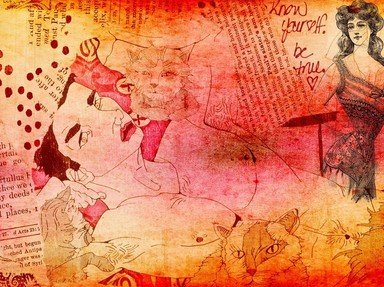Quiz Answer Key and Fun Facts
1. We need to gather or buy some good tools. You don't need the top of the line but good tools are important for any job. Which of the following would you NOT need to make a piece of jewelry?
2. There are many types of pliers used to make jewelry. Which of the following would NOT be used?
3. Alright, we have the tools. Now we need the actual materials to make a piece of jewelry. What is the name for the parts and materials needed to make a piece of jewelry?
4. There is a lovely stone that is going to be the center or focal point of our jewelry. How can we incorporate the stone? Which way listed is NOT a way to use a stone in our jewelry?
5. Our gem has a hole in it. That can be useful when making jewelry. Which of the following is NOT a way to put a hole in a gem?
6. There are standard lengths for jewelry for men and different lengths for women and children. Which woman's measurement below is NOT accurate?
7. So you've decided to start out by making a 7" bracelet for yourself. You'll need beads. How do you decide what/how much to buy? Which of these is probably NOT the best idea?
8. You've decided to string your beads onto wire. There are lots of different styles and colors and sizes of wire. Is it true or false that the higher the number of wire, the smaller it is in diameter?
9. The beads are strung and all you need to do now is pick the right closure. There are a number of different types of clasps. Please pick out the ones that are NOT standard type jewelry clasps/closures.
10. Okay, so your first bracelet didn't work out so well. It fell apart when you put it around your wrist. What should you do now?
Source: Author
suzi_greer
This quiz was reviewed by FunTrivia editor
WesleyCrusher before going online.
Any errors found in FunTrivia content are routinely corrected through our feedback system.
